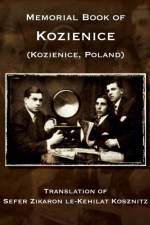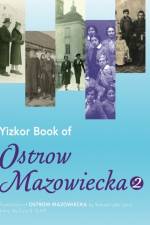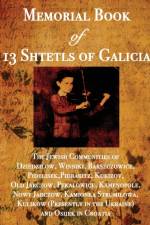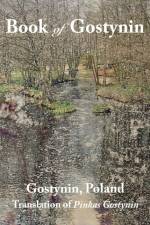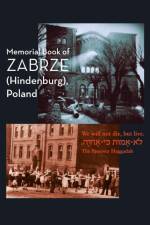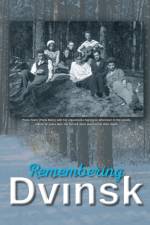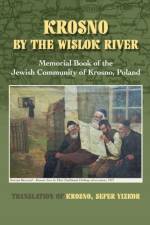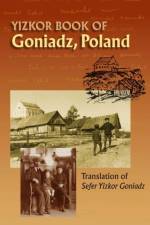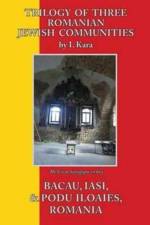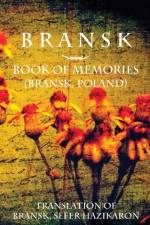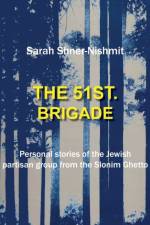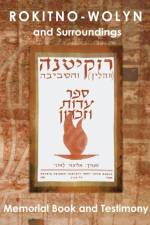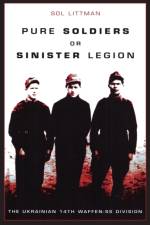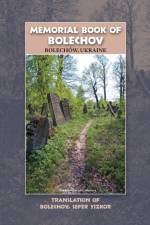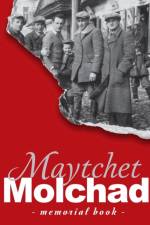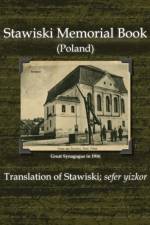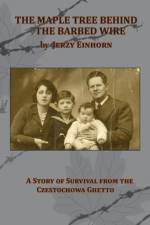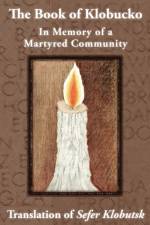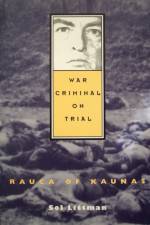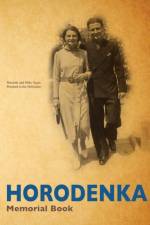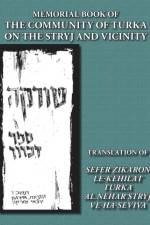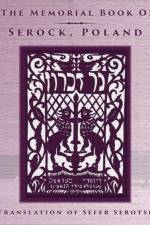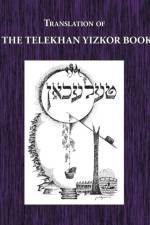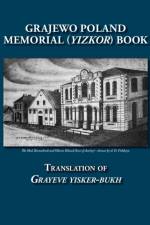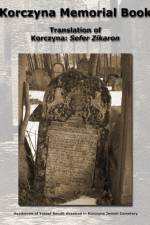- Memorial Book of Dvinsk
av Yudel Flior
597
Remembering Dvinsk is a compilation of three sources. First is a reprint of the 1965 book Dvinsk – The Rise and Decline of a Town by Yudel Flior, translated from the Yiddish by Bernard Sachs. Second is the translation of the 1975 class project In Memory of the Community of Dvinsk, to memorialize the Latvian town of Dvinsk by the 8th grade of the Kol Haverim Junior High School of Haifa; it is a fine collection of history, recollections of former residents, essays, historic photographs, and artwork by the students. Third is an appendix of historic photographs assembled by Eilat Gordin Levitan. It is the desire of the Yizkor-Books-In-Print project of JewishGen.org that this new compilation of material in English serve as a fitting memorial for the Jewish Community of Dvinsk. Daugavpils, Latvia: 55°53' North Latitude, 26°32' East LongitudeAlternate names: Daugavpils [Latvian], Dvinsk [Russian], Denenburg [Yiddish], Dunaburg [German], Dyneburg [Polish], Daugpilis [Lithanian], Dzvinsk [Belarussian], Dzwin╠üsk [Polish], Dauhau╠åpils, Daugapils, Daugpil╠ºs, Daugava, Dynaborgs, Dynaburg, Dinaburg, Deneburg, Duenaburg, DwinskNearby Jewish Communities:Griva 3 miles SSW,ΓÇ¿Skrudaliena 8 miles ESE, Ilukste 11 miles WNW, Silene 13 miles SE,ΓÇ¿Viski 15 miles NE,ΓÇ¿Zarasai Lithuania 15 miles SW, Eglaine 16 miles WNW, Dubinovo Belarus 18 miles ESE, Plyussy Belarus 20 miles ESE, Okmyanitsa Belarus 22 miles SE, Zarachye Belarus 24 miles SE, Rimse Lithuania 24 miles S, Kraslava 25 miles E,ΓÇ¿Dukstas Lithuania 25 miles SSW, Salakas Lithuania 26 miles SW, Subate 26 miles WNW,ΓÇ¿Braslaw Belarus 26 miles SE, Opsa Belarus 27 miles SSE, Dusetos Lithuania 28 miles WSW,ΓÇ¿Obeliai Lithuania 29 miles W, Slobodka Belarus 29 miles ESE, Preili 30 miles NNE Other Yizkor or Memorial books in translation can be found at: http://www.jewishgen.org/Yizkor/ybip.html

